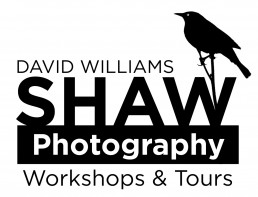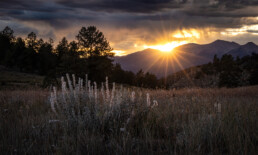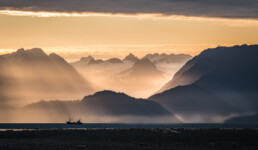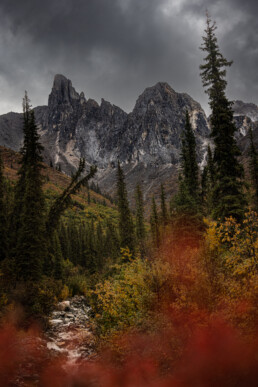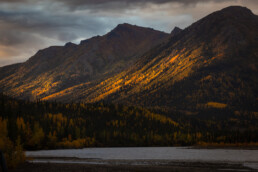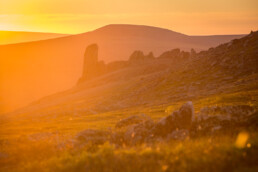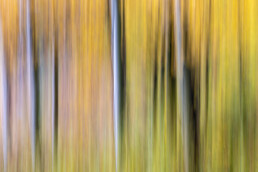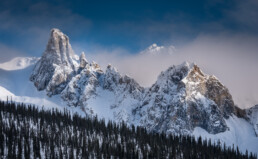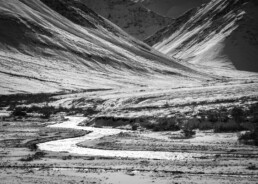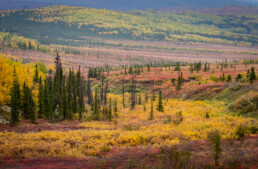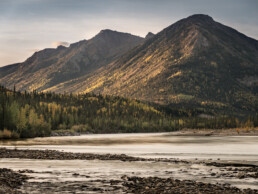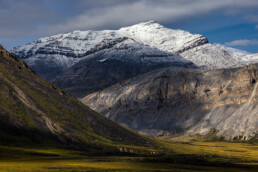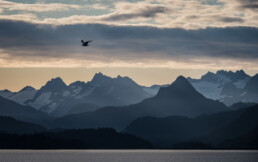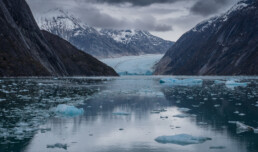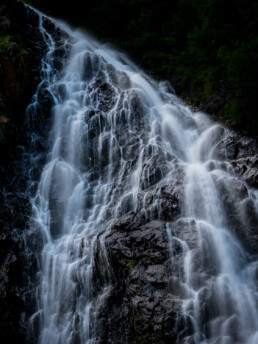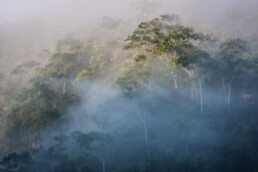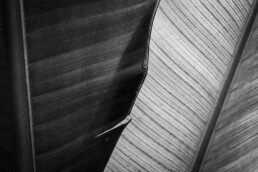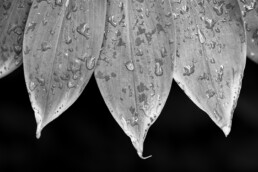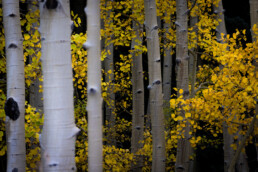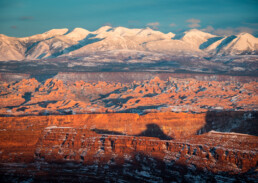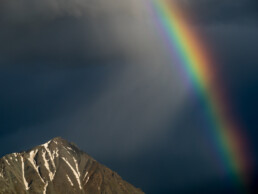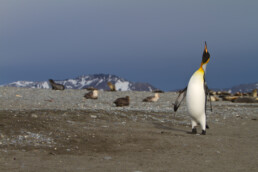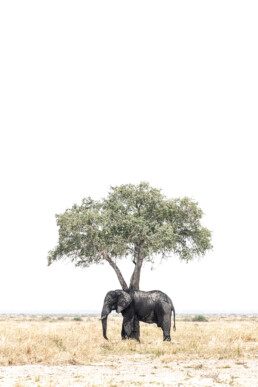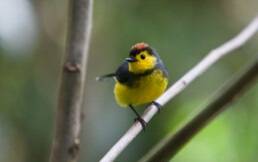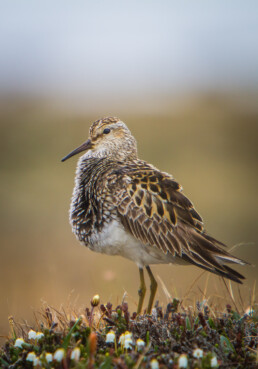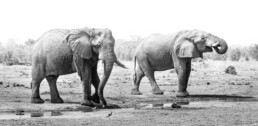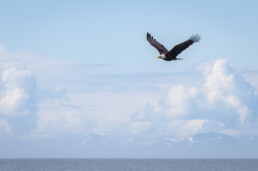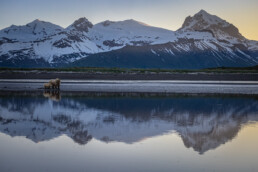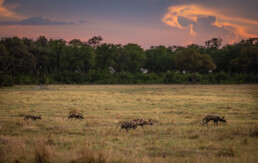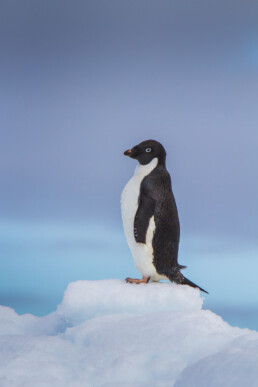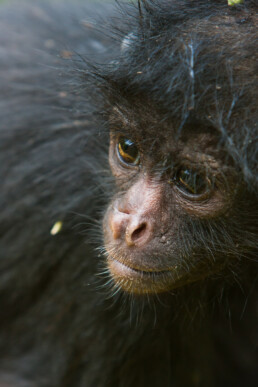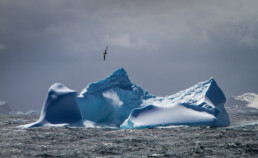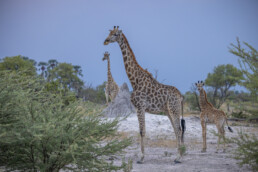What's the Best Lens for Outdoor Photography?
I’m not a gearhead, and I don’t often write about equipment here on this blog. Yet, lenses and cameras are important. They allow us to make certain kinds of shots, and having a selection of equipment gives us versatility. And so an occasional discussion of gear is an important part of the conversation.
I frequently get this question: What’s the best lens?
There is no right answer to that question, and every photographer will have a different opinion. But as I’m a photographer with an opinion, I’ll tell you:
The 70-200 f2.8!
I love this focal range. It’s good for medium to tight landscapes and can hold its own as a wildlife lens in many situations.
I’ve found on my trips to Africa, this lens is a constant companion. I even prefer it to my Canon RF 100-500, as my second lens.
The 70-200 f2.8 for Landscape Photography
This is where the 70-200 thrives. Not every landscape image should be made with a wide angle. Indeed, in many situations, a tighter focal length will be the better choice.
First, it allows you to tightly edit your composition. With a wide angle, it’s all too easy to allow distracting elements into the image. But with a short telephoto like the 70-200, it’s much easier to create a clean composition.
Too, this lens has decent close-focus capability, and at 200mm, you can quickly isolate a small part of the scene. This is a perfect focal range for images of foliage, abstracts, and details.
Here are a few of my favorite landscapes and details I’ve made with the 70-200:
The 70-200 f2.8 for Wildlife Photography
I’m a huge fan of environmental wildlife photography. Which is to say, an image that shows the animal within its habitat. The 70-200 is perfect for this. When the subject is a good distance back, the depth of field at medium (and even open) apertures will show the entire frame in focus, a huge advantage when you want the surroundings to appear in detail.
And when you are fortunate to get close to an animal? The shallow depth of field created by the f2.8 aperture can create beautiful portraits.
The lens is also fast, making it perfect for low-light shooting conditions. This is my go-to lens when I find myself out around dusk and the action is still happening.
No, the 70-200 is not a replacement for a long lens when photographing wildlife, but it is a perfect supplement. When photographing bears in Alaska or lions in Botswana, this is my go-to for my second camera. And I find I use it almost as frequently as my bigger lenses.
Here are a few wildlife photographs made with the 70-200 f2.8:
Final Thoughts on the 70-200 f2.8
Just about every manufacturer makes a version of this lens. All are good. My current 70-200 is the Canon RF. It’s tiny, light, and tack-sharp. I do have one bone to pick with the Canon: it’s not compatible with teleconverters. This is a huge oversight. Because it’s fast and sharp, the 70-200 can easily handle a 1.4x teleconverter, or even a 2x. But for some reason, Canon decided not to make the new RF 70-200 compatible, even though the EF version of the lens is. This was probably to save size and weight, but it’s not a good tradeoff. I’d love to be able to put on a 1.4x TC on this lens for more versatility.
Nonetheless, I’m a fan. If a 70-200 isn’t already in your lens quiver, it should be.
